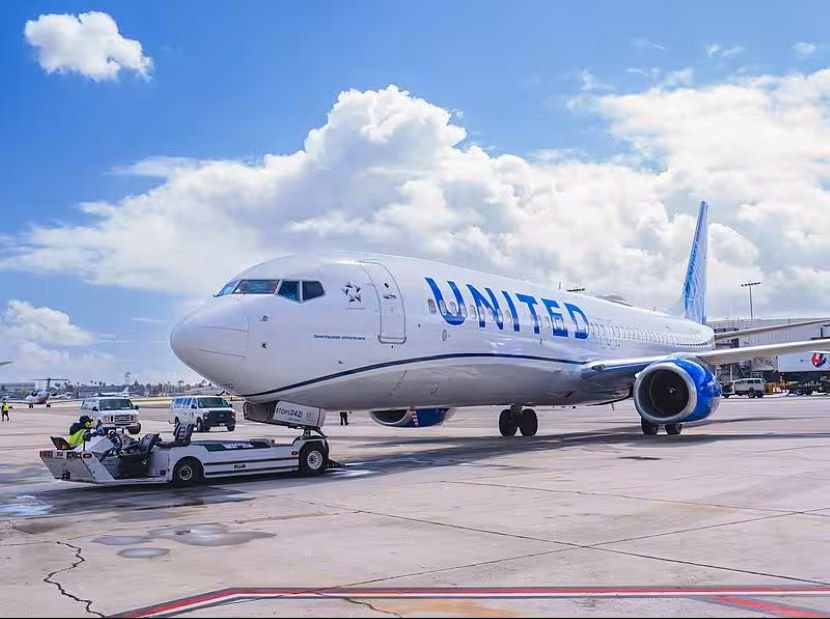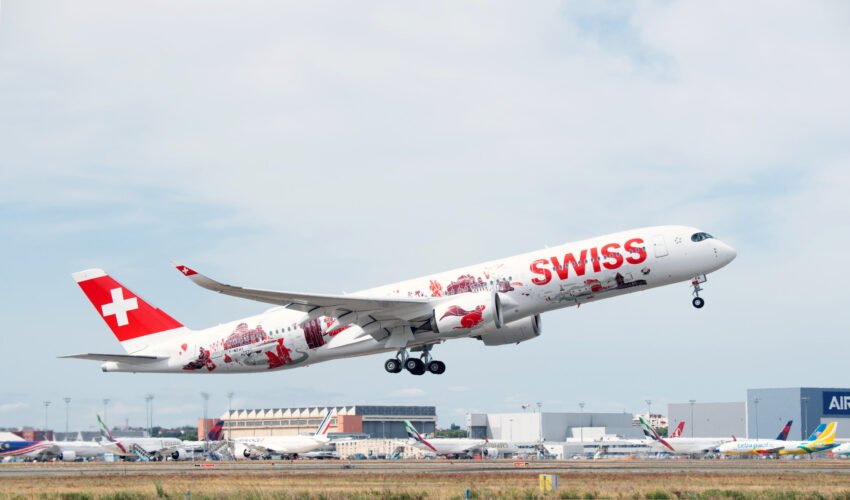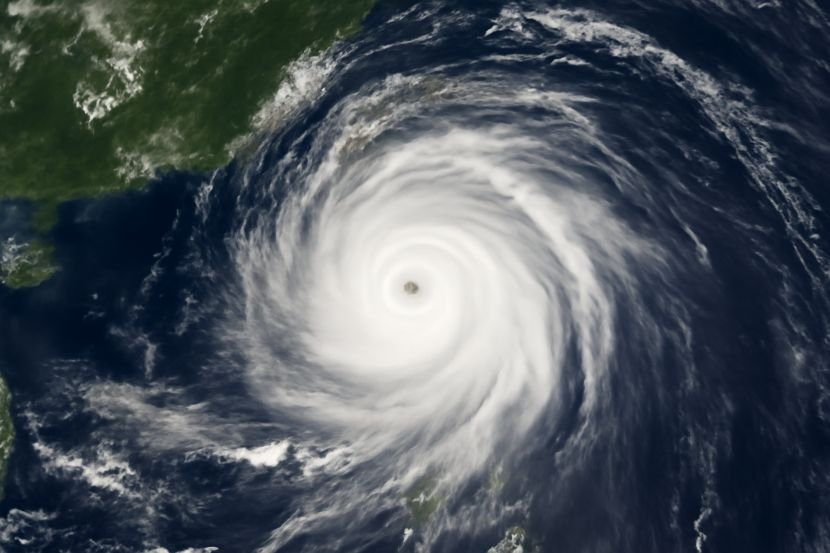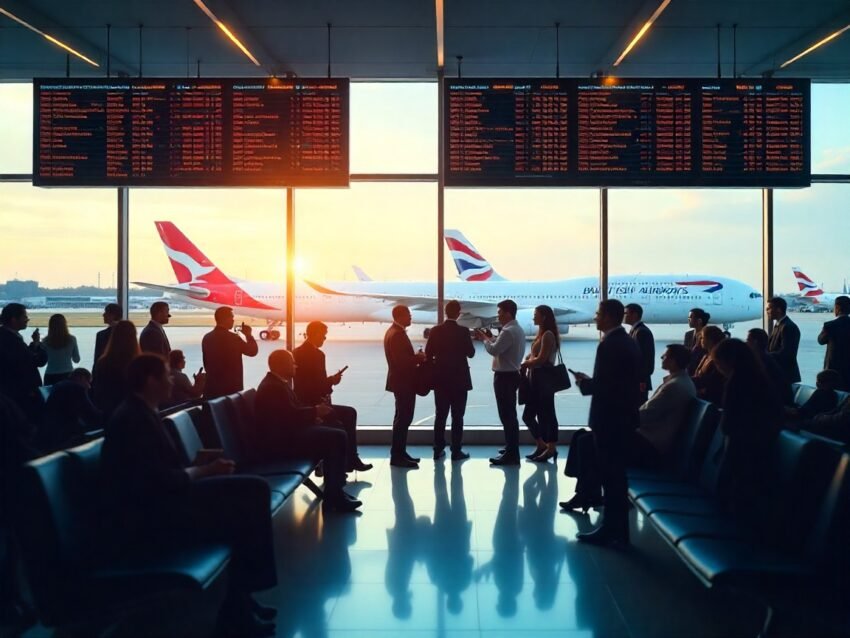Published on
September 22, 2025

On Sunday, September 21, 2025, Hong Kong Airlines experienced an unexpected incident involving the deployment of an emergency evacuation slide aboard flight HX612. This flight, which was traveling from Hong Kong to Osaka Kansai Airport, landed at approximately 7:15 pm local time. The deployment of the slide occurred during the disembarkation process, caused by the accidental activation of the emergency door handle.
The Incident
During the disembarkation at Osaka Kansai Airport, the emergency door on the right side of the aircraft was triggered, resulting in the activation of the evacuation slide. Preliminary investigations suggest that the emergency door was accidentally opened when a passenger inadvertently touched the door handle. Fortunately, no injuries were reported from the incident, and all passengers were safely evacuated.
The flight’s occurrence immediately captured attention from fellow passengers, who shared their experiences on Xiaohongshu, a popular Chinese social media platform. Some passengers described hearing a noise shortly after landing, followed by a “cool breeze” entering the cabin. Upon investigation, they discovered that the emergency exit had been opened by an unaware passenger.
Impact on the Return Flight
Due to the emergency slide deployment, Hong Kong Airlines had to take action to ensure the safety of passengers during the return flight. The deployment rendered the emergency exit on the right side inoperable, prompting the airline to enforce strict safety protocols. As a result, the use of this particular exit area was restricted for the return journey on flight HX613.
This limitation led to significant operational disruptions, as approximately 70 passengers had to be rebooked on the next available flight, HX615, scheduled for September 22, 2025. Hong Kong Airlines acted quickly to minimize the inconvenience caused, offering compensation to the affected passengers. Each rebooked passenger received 20,000 yuan (equivalent to HK$1,050) as compensation for the delays and inconvenience caused by the incident.
Hong Kong Airlines’ Response
Hong Kong Airlines responded swiftly to the incident, prioritizing the safety of their passengers and crew. The airline immediately informed the relevant authorities at Kansai Airport, following which a thorough safety check was conducted to ensure that the aircraft was fit for further operations. The airline confirmed that despite the slide deployment, the aircraft was deemed safe to proceed with its return journey after conducting the necessary safety measures.
The airline also assured affected passengers that accommodations and local assistance would be arranged. Hong Kong Airlines reiterated that passenger safety remained their top priority. They expressed regret for the inconvenience caused by the incident and pledged full cooperation with authorities and investigations into the matter.
A Similar Incident in the Past
This incident follows a similar occurrence in July 2024, when a passenger aboard a China Airlines flight mistakenly opened an emergency door, mistakenly believing it was the restroom. This incident caused the flight to be canceled, and the passenger was ordered to pay compensation amounting to approximately 77,000 yuan (HK$84,000). The similarities between these two incidents underscore the ongoing challenges posed by accidental emergency slide deployments, which can cause significant disruptions to flight schedules and passenger inconveniences.
Other Airlines Face Similar Issues
Hong Kong Airlines is not the only carrier to have encountered issues involving emergency slide deployments in recent months. Similar incidents have affected other airlines in both August and September of 2025. These occurrences serve as a reminder of the importance of safety protocols and strict adherence to operational procedures.
Volaris Flight N526VL – Phoenix, Arizona (August 19, 2025)
On August 19, 2025, a passenger aboard Volaris Flight N526VL, an Airbus A320ceo, inadvertently triggered the emergency slide while the aircraft was taxiing at Phoenix Sky Harbor International Airport. The incident caused significant delays, affecting nearly 180 passengers. The situation raised concerns about the potential consequences of disruptive passenger behavior and its impact on flight operations.
Saudia Flight SV120 – London Heathrow (August 28, 2025)
On August 28, 2025, another emergency slide deployment occurred aboard Saudia Flight SV120, a Boeing 787-10, during taxiing at London Heathrow Airport. In this case, a 33-year-old male passenger assaulted a crew member and opened the aircraft’s 1R door. This action led to the deployment of an emergency evacuation slide, prompting an immediate response from emergency services and causing significant delays to the flight.
WestJet Flight WS2276 – Sint Maarten (September 7, 2025)
On September 7, 2025, WestJet Flight WS2276, a Boeing 737-800, experienced a hard landing at Princess Juliana International Airport in Sint Maarten. The right main landing gear collapsed upon touchdown, triggering the deployment of emergency slides for the evacuation of all 164 passengers and crew members. Fortunately, no injuries were reported, though the incident caused significant operational disruptions.
American Airlines Flight 3023 – Denver, Colorado (July 26, 2025)
In another incident on July 26, 2025, American Airlines Flight 3023, a Boeing 737 MAX 8, encountered a possible landing gear issue during takeoff from Denver International Airport. The aircraft veered off course and was evacuated via emergency slides as smoke billowed from the plane. One person was hospitalized with a minor injury, while five others were assessed on-site. The FAA is currently investigating the matter.
The Importance of Strict Safety Protocols
These incidents highlight the critical importance of adherence to safety protocols by both airlines and passengers. While some of these situations were caused by disruptive passenger behavior, others were the result of mechanical or operational issues. Regardless of the cause, the outcome of each incident underscores the need for thorough safety checks and the swift implementation of procedures to ensure the well-being of passengers.
Conclusion
In conclusion, the incident involving Hong Kong Airlines Flight HX612 at Osaka Kansai Airport in September 2025 serves as a reminder of the vulnerabilities in aviation safety. The airline’s swift response and commitment to passenger safety demonstrate the critical importance of adhering to procedures. However, the rise in similar incidents with other airlines further emphasizes the need for stricter oversight and better passenger awareness of safety protocols.









